Postoperative Urinary Retention Treatment
Postoperative urinary retention treatment. Urinary obstruction post-operative retention of urine is extremely likely. For example an enlargement of the prostate gland may be treated with medicines or surgery. 35 A-6020 Innsbruck Austria.
POUR refers to patients inability to void urine in spite of full bladder after the surgical intervention in the postoperative period. Studies had to report incidence of PO-UR defined as urinary retention with a postoperative onset requiring urgent intervention such as catheter insertion recatheterization where catheter use was part of the treatment protocol pharmacological or non-pharmacological treatment. The incidence of POUR in the general surgical population female and male is reported from 4 to 13 percent 3-5.
Postoperative urinary retention POUR is another such complication which is often underestimated and often gets missed. Urinary retention treatment The treatment for urinary retention will depend on the cause. The best treatment for postoperative urinary retention is prevention and should involve the entire treatment team in identifying and optimizing preoperative intraoperative and postoperative.
Estimates of retention rates after pelvic surgery range from 25-43. Postoperative urinary retention PO-UR is an acute and painful inability to void after surgery that can lead to complications and delayed hospital discharge. Standard treatment with a urinary catheter is associated with a risk of infection and can be distressing undignified and uncomfortable.
Postoperative urinary retention POUR is a frequent consequence of gynecologic surgery especially with surgical correction of urinary incontinence and pelvic organ prolapse. In these cases it is usual for a self-retaining urethral catheter to be inserted before or immediately after operation and left in place for several days. Whilst it may appear that cholinergic agents and intravesically administered prostaglandin offer most promise in the treatment of post-operative urinary retention the evidence is weak.
Defining PUR Postoperative Urinary Retention becomes a challenging problem due to the lacking of a universal urinary retention definition and the differences between diagnostic criteria. Tamsulosin is a safe and widely-used selective alpha-1-A adrenergic blocker commonly used for the treatment of lower urinary tract. Urinary retention is a problem which is seen prevalently after an anesthesia or a surgical intervention.
Koelle D1 Stenzl A Koelbl H Marth C. Postoperative urinary retention POUR complicates up to 30 of general abdominal operations.
Standard treatment with a urinary catheter is associated with a risk of infection and can be distressing undignified and uncomfortable.
Postoperative urinary retention POUR is another such complication which is often underestimated and often gets missed. Thus it has become a routine after anterior perineal repairs operations for stress incontinence Wertheims. The incidence of POUR in the general surgical population female and male is reported from 4 to 13 percent 3-5. Urinary retention treatment The treatment for urinary retention will depend on the cause. There is a need for further research into pharmacological alternatives to catheterisation in the treatment of this common surgical complication. Postoperative urinary retention POUR is a frequent consequence of gynecologic surgery especially with surgical correction of urinary incontinence and pelvic organ prolapse. Koelle D1 Stenzl A Koelbl H Marth C. 35 A-6020 Innsbruck Austria. The reported incidence varies.
Estimates of POUR after pelvic surgery range from 2. It is particularly common in older people having hip or knee replacement surgery. Estimates of retention rates after pelvic surgery range from 25-43. Standard treatment with a urinary catheter is associated with a risk of infection and can be distressing undignified and uncomfortable. Postoperative urinary retention POUR is another such complication which is often underestimated and often gets missed. Koelle D1 Stenzl A Koelbl H Marth C. Postoperative urinary retention POUR complicates up to 30 of general abdominal operations.








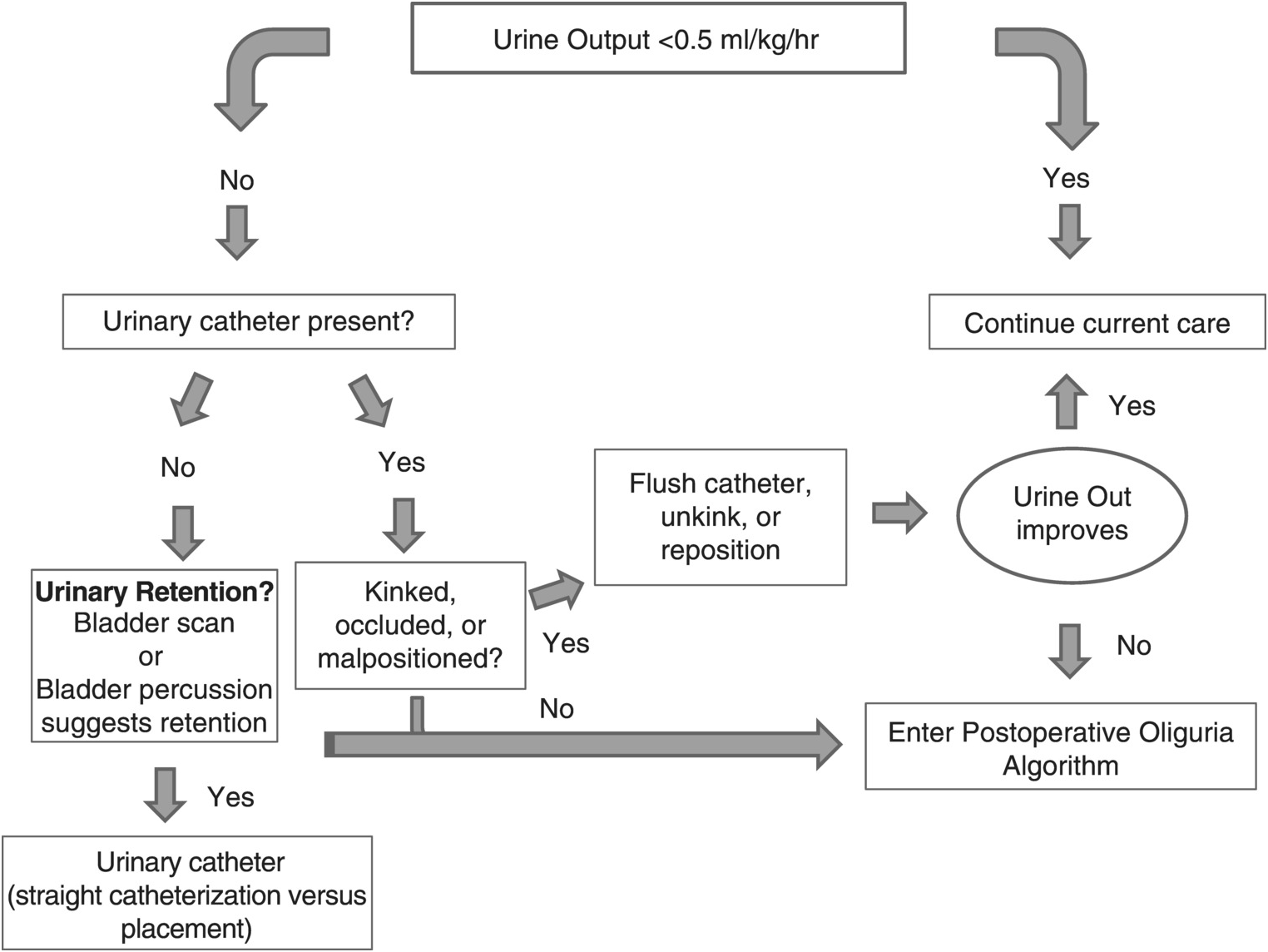






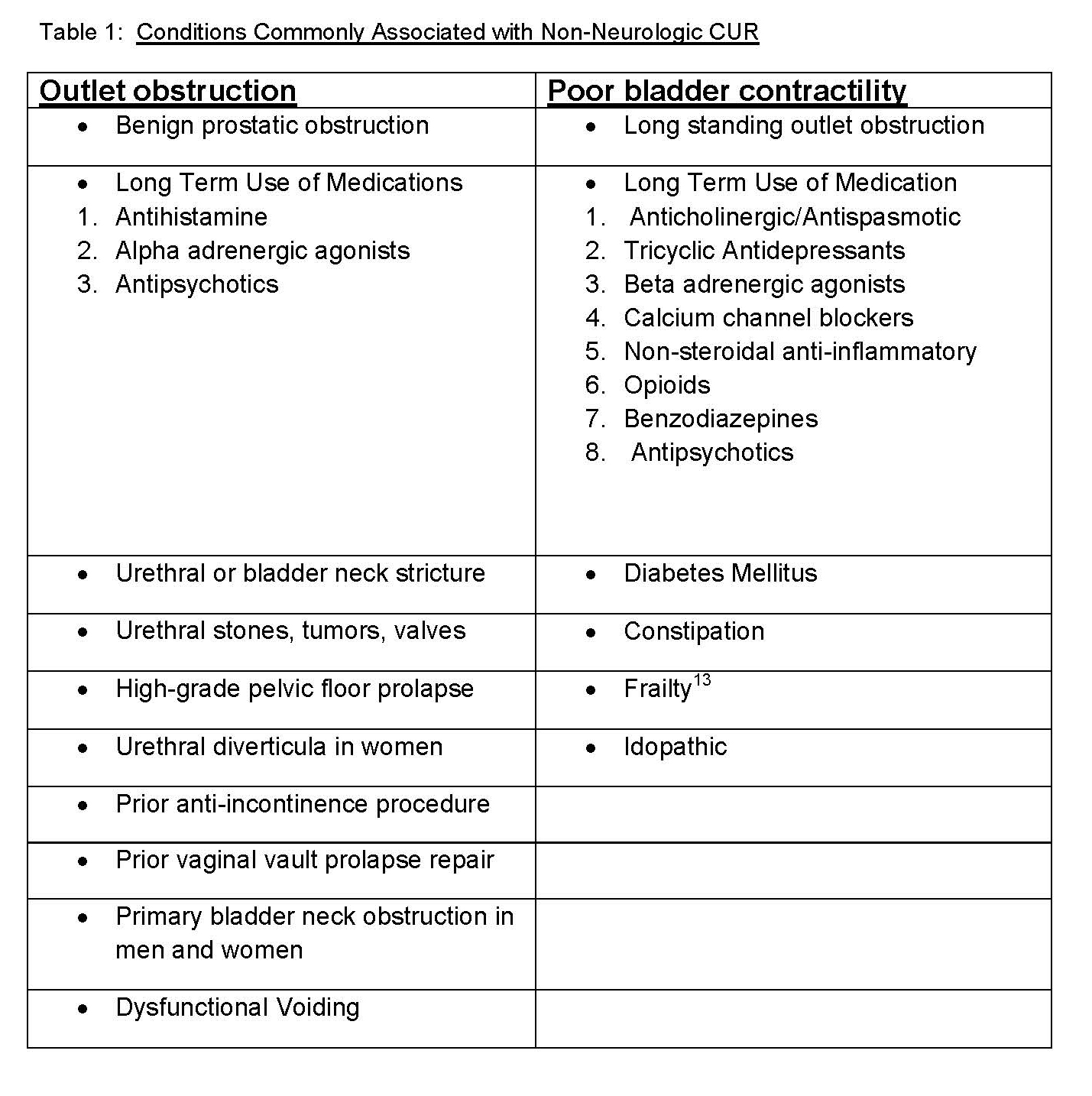
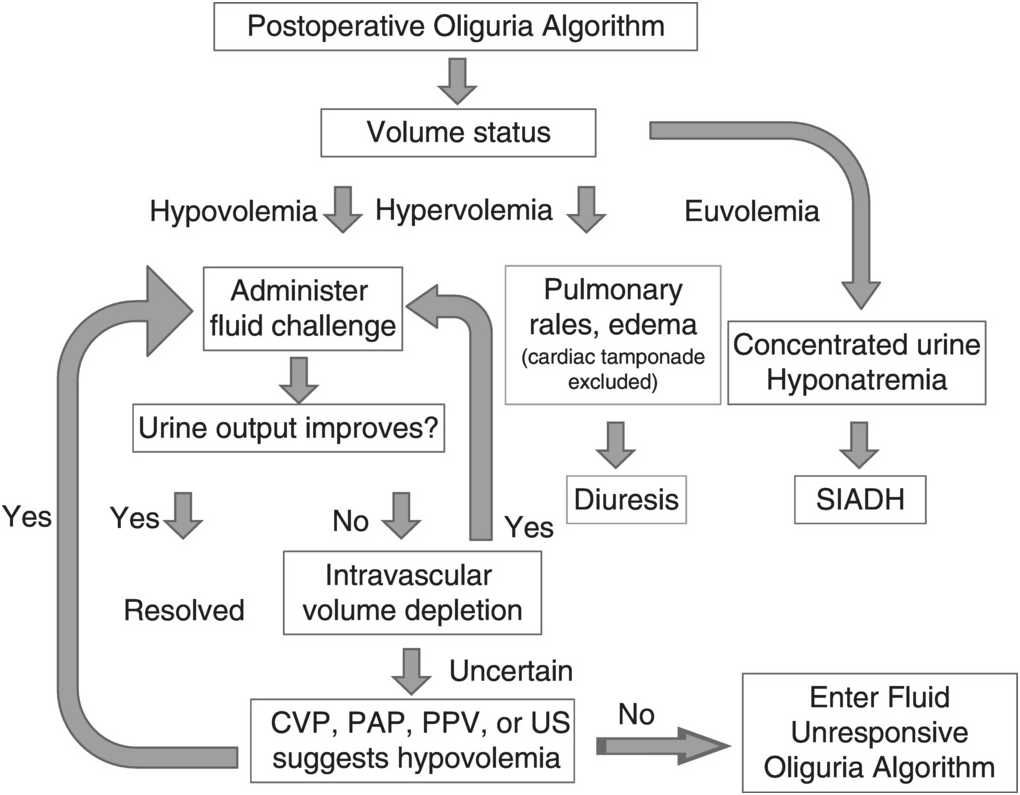


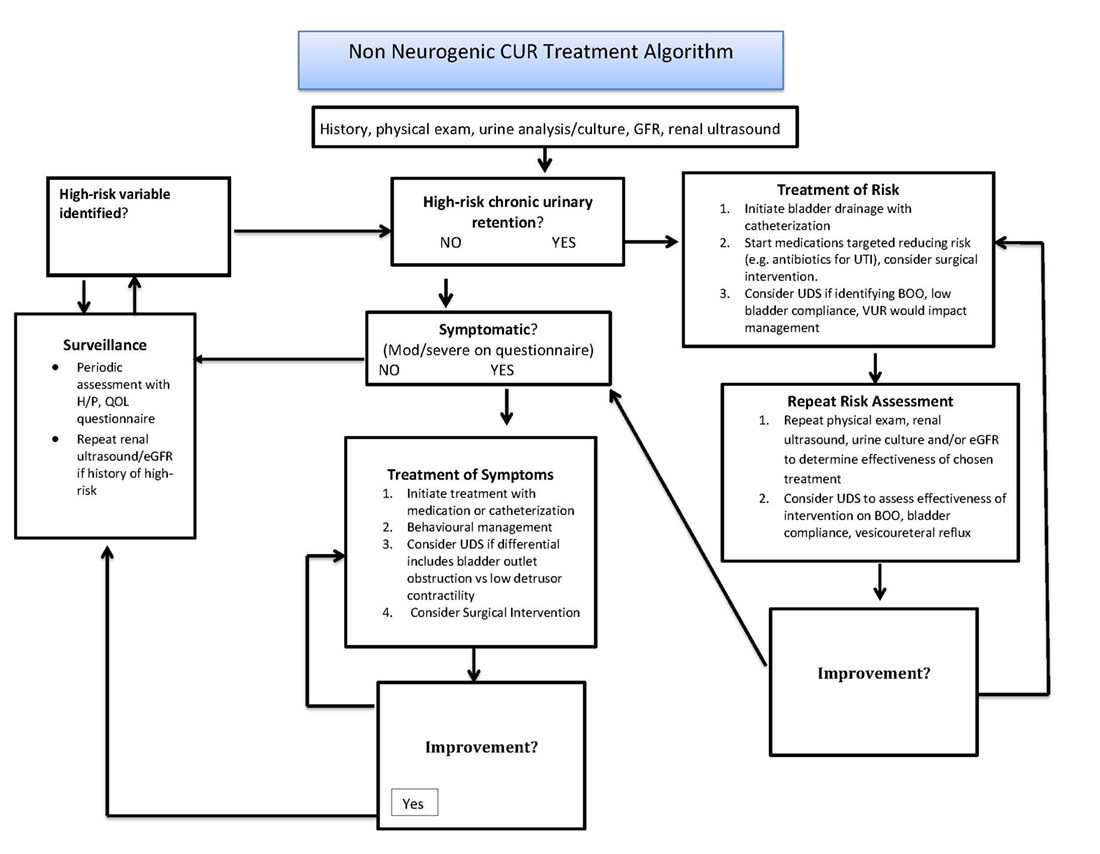
/what-to-do-if-you-cant-urinate-after-surgery-3157318_2-5b95d9a346e0fb0050c9411c.png)





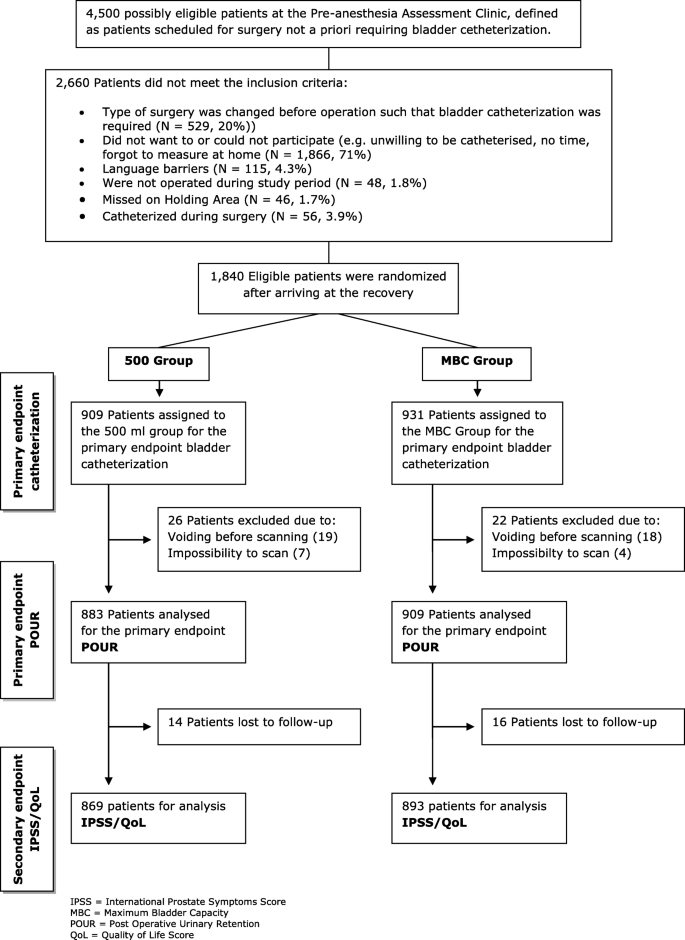
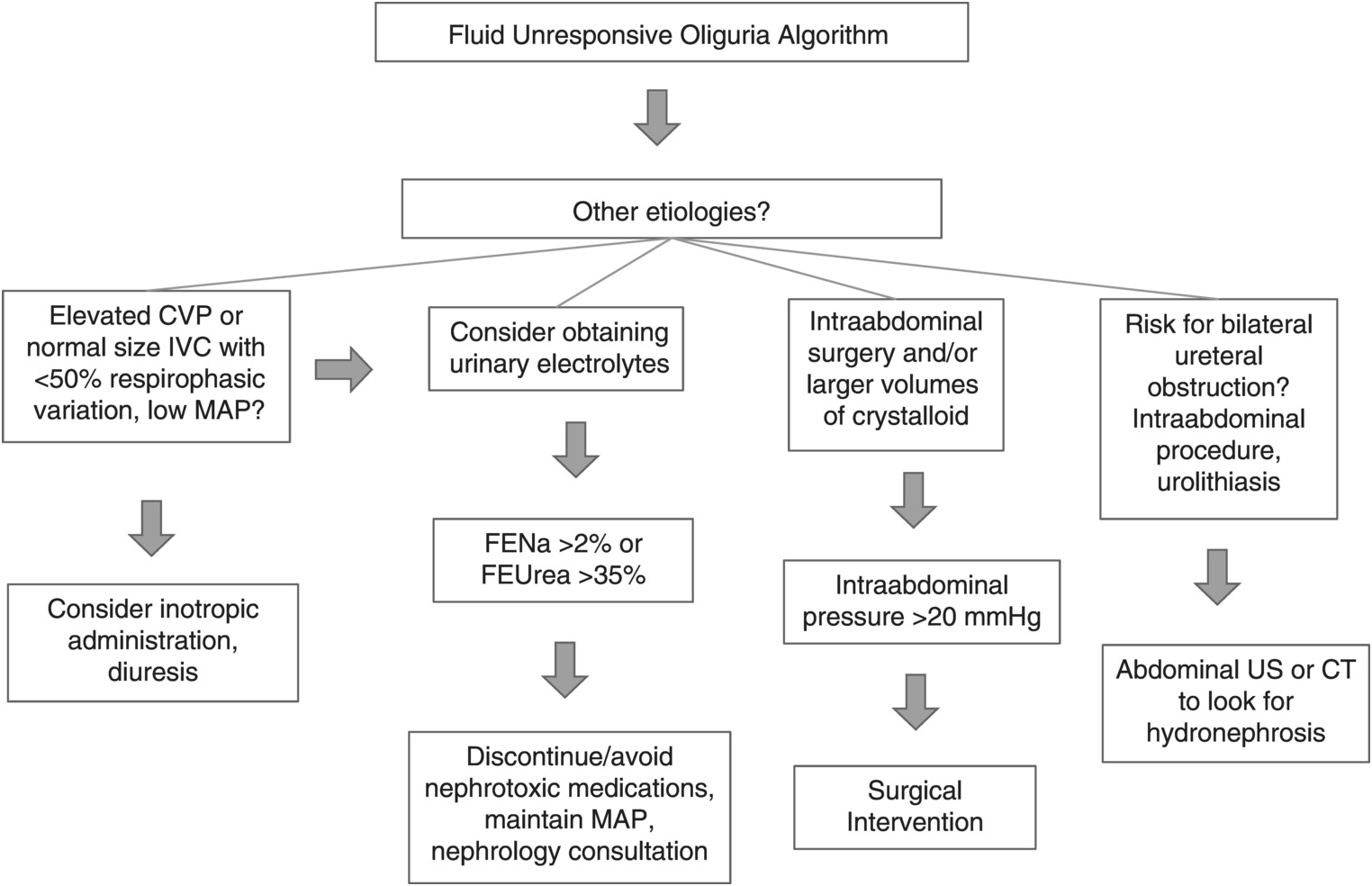















Post a Comment for "Postoperative Urinary Retention Treatment"